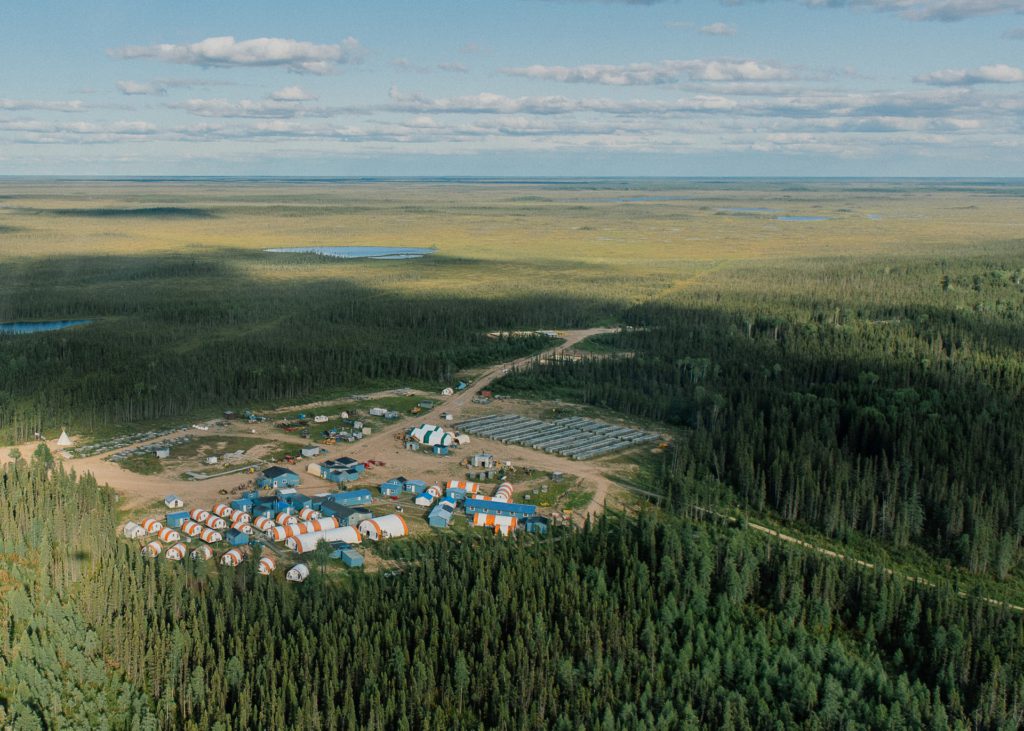Opinion: Ring of Fire road must start ASAP


The Ring of Fire camp is the most important mining discovery in Canadian history for its strategic minerals including nickel, copper, platinum group metals, chromite and titanium. It even exceeds the legendary Sudbury Basin.
Discovered in 2007, the region is located about 450 km northeast of Thunder Bay in the isolated and vast peatlands of the Hudson Bay lowlands, an area roughly the size of Norway but with only about 10,000 people. Contrary to environmentalists’ claims, sustainable exploration and mineral development will have minimal impact on the environment and provide critical minerals to mitigate global warming.
Australian miner Wyloo owns the Eagle’s Nest nickel-copper project and various chromite deposits in the Ring of Fire area. The discovery has helped Ontario attract roughly $43 billion, and counting, of new electric vehicle (EV) investment. Canadian junior explorer Juno holds claims on more than half of the camp. Marten Falls and Webeque First Nations also support the development and the promise of providing multi-generational jobs and economic opportunities across northwestern Ontario.
The West needs to bolster defence spending due to new wars and global instability, strip China of its critical mineral dominance, develop its own sources to power the green energy transition and help local First Nations faced with the shortest ice road season in memory. These all converge at one point: the road to the Ring of Fire needs to start construction this summer.
The Russian invasion of Ukraine in February 2022 has changed everything. If cobalt from the Congo, mined by poor African children was a problem for Western consumers, it’s safe to assume no one wants to buy an EV supplied with “blood nickel” or any other commodity from Russia. The war is part of global military spending that reached about $2.4 trillion last year, the most in 15 years, according to the Stockholm International Peace Research Institute.
Comments